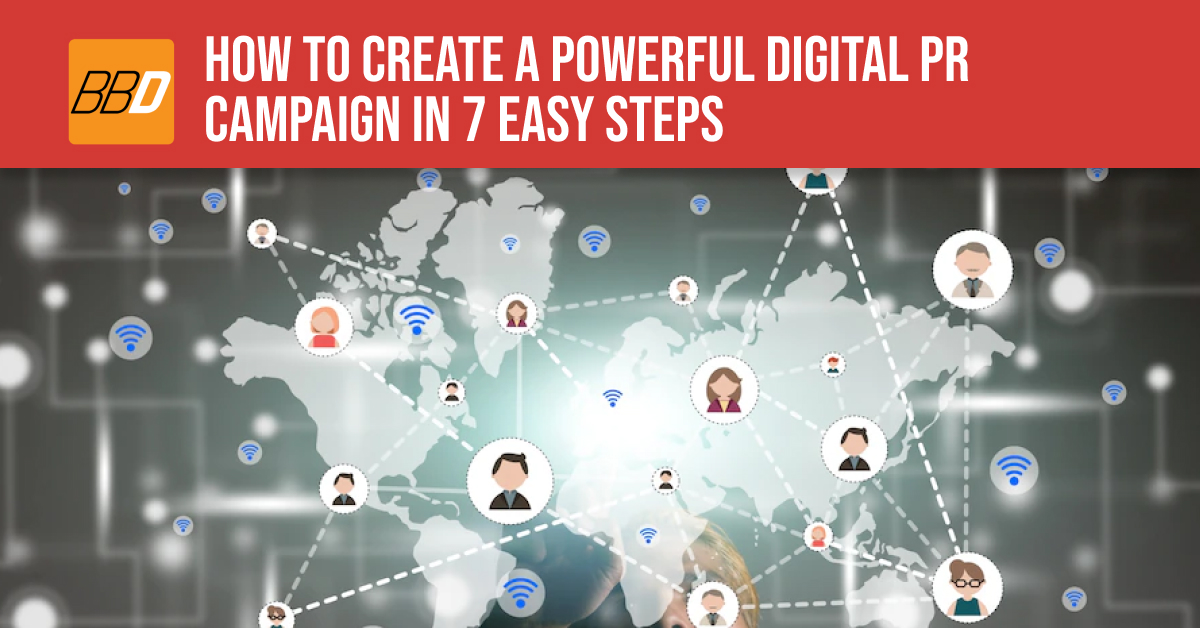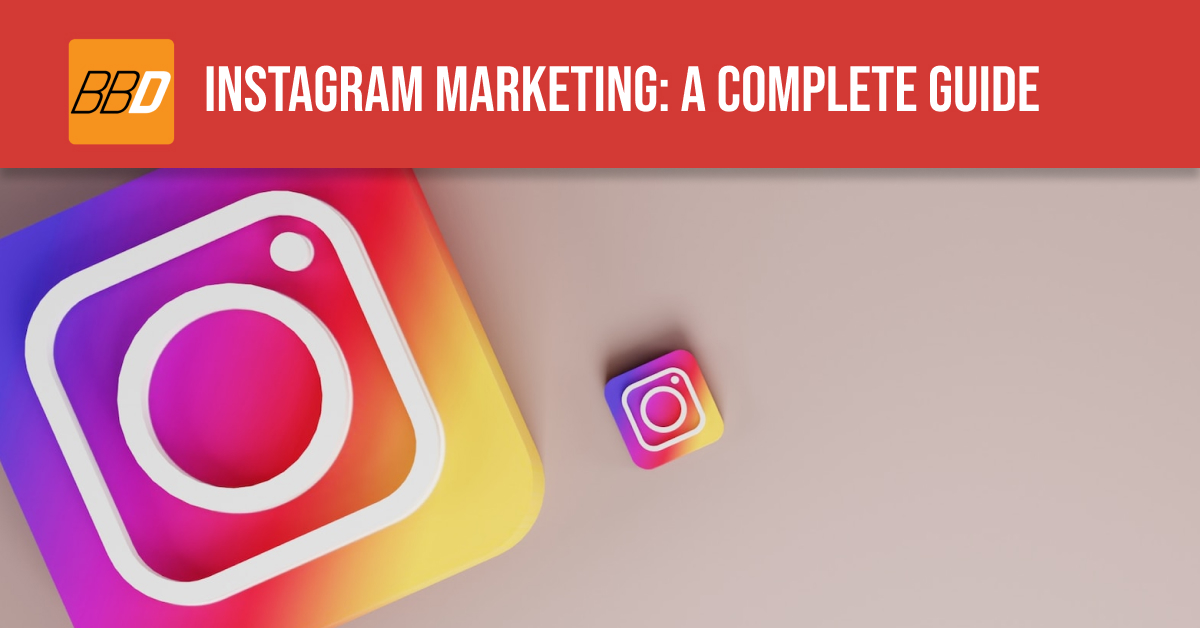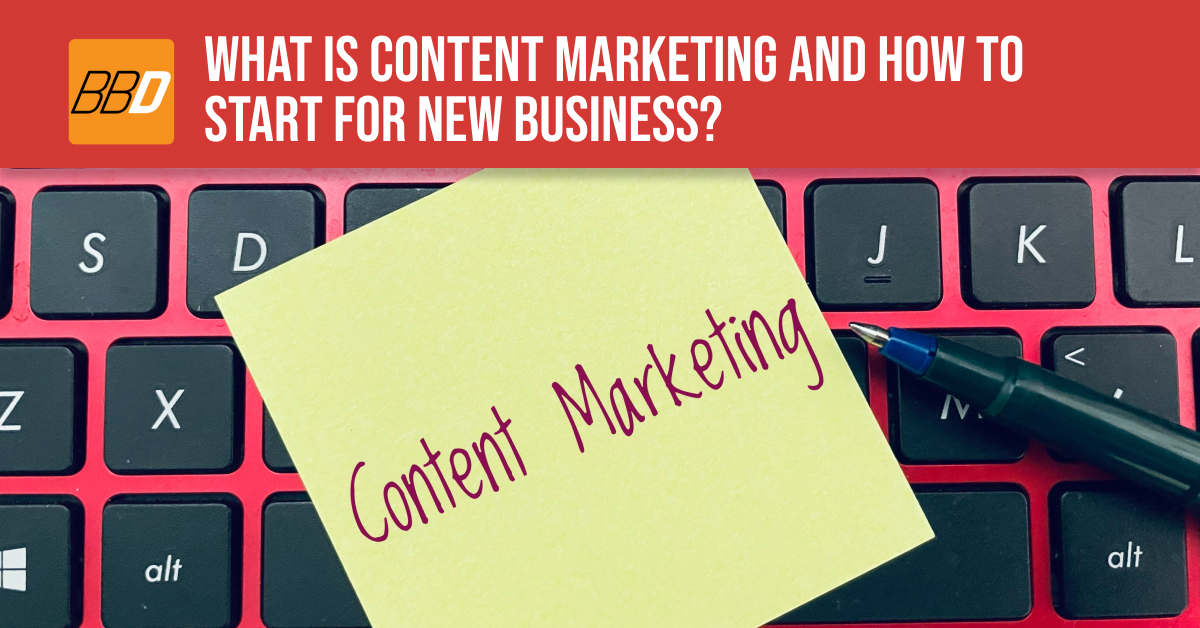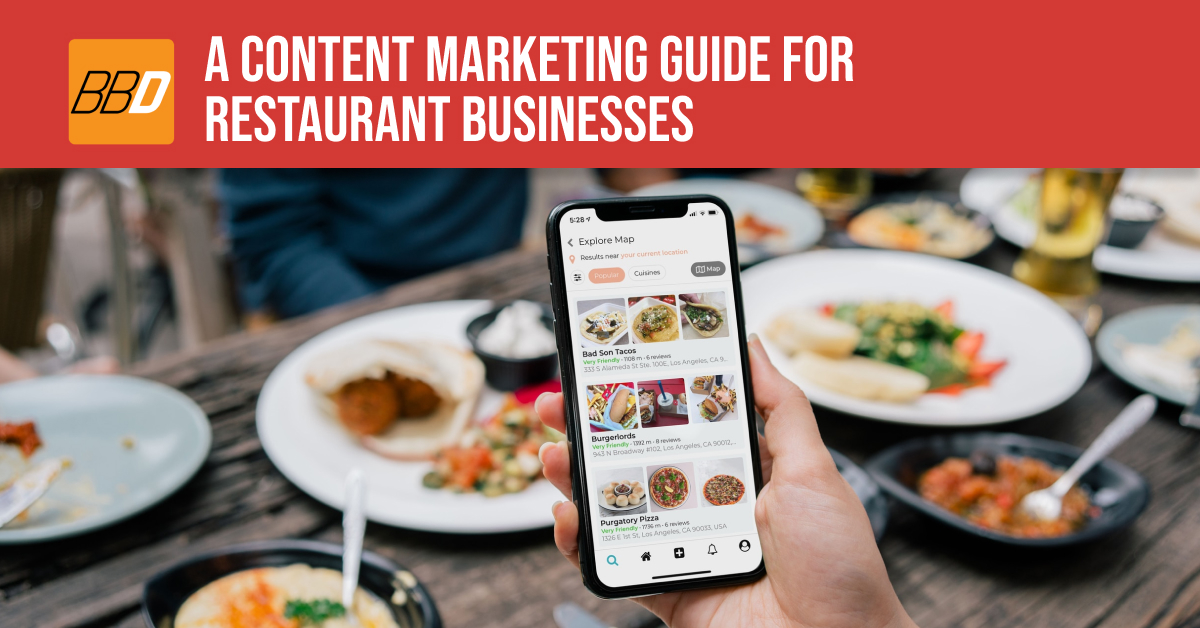If you’re a writer or just a person who enjoys reading, you know that writing can be amazing. It’s not only the way we communicate with each other but it’s also an opportunity to convert your prospects into clients.
Your writing is like your sales pitch so perfectly use your words to grab the clients. Here I’ll share a few tips that can help in developing content to convert prospects into clients:
11 Writing Tips to Convert Prospects into Clients
1. Remember You Are Writing for People, Not Search Engines.

Search engines have been around since the early days of the internet, and they have become increasingly sophisticated over time. They can use advanced algorithms to determine the content most relevant to users based on their past behavior, location, age, and other factors.
SEO experts often exploit search engine algorithms. They use various techniques and tricks to cheat the search engine algorithms to show their website links at the top of search results.
And as a result, the user often gets disappointed when the relevant information or answer is not found. These tricks often disturb the writing styles of the writers.
Most of the writers on the web are now writing for better ranking. They often ignore that content will be read by users, not just crawlers or search engines.
While writing content, you must remember that you must impress the readers to convert them into clients. Impressing a search engine will get you more traffic, but it may fail to impress the users, so you will fail to get more business.
2. Use a Summarizing Tool for Making Your Content Concise and Engaging
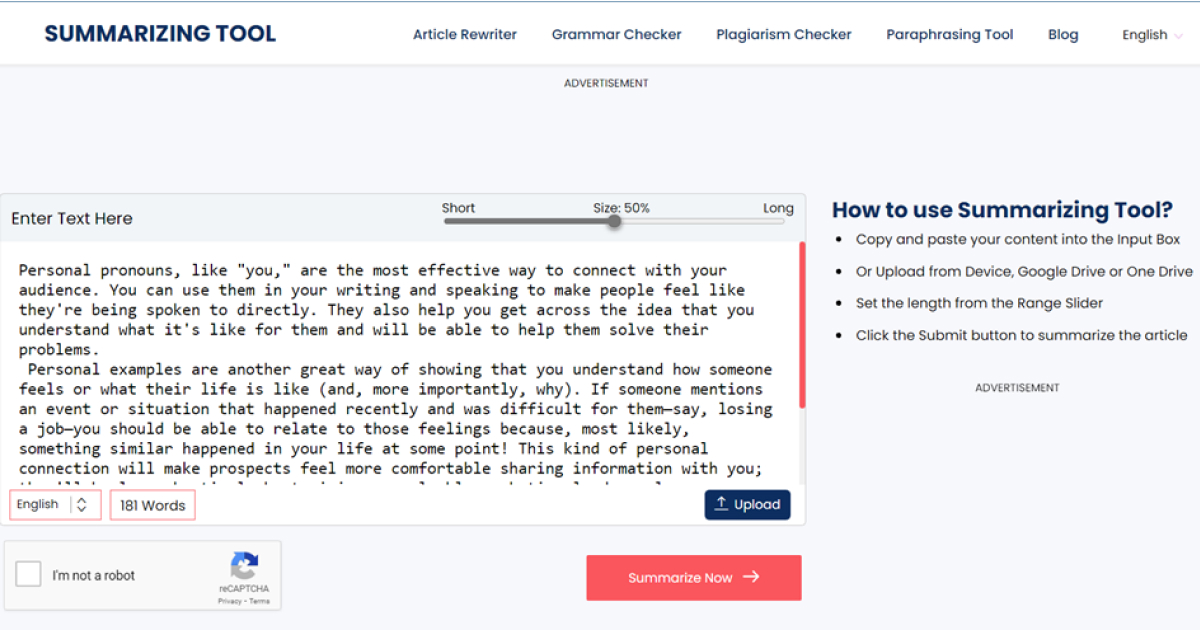
Time is scarce and if someone is reading your content, makes their time worth it. Treat every word and sentence as an opportunity to win over prospects and convert them into clients.
If you are writing a blog post, email, or anything else that will be shared with the world, you must ensure that all of your content communicates clearly and effectively.
The best way to do this is by using the right words and phrases with precise meanings so that readers understand what you’re trying to say quickly without confusion about how things work together (or don’t).
If you feel that your content is too wordy and the user can get bored by reading it, you can summarize it. The easiest way to summarize the content is using an online summarizing tool. It’s a free and easy-to-use tool for creating a quick content summary.
3. Get Personal.
Personal pronouns, like “you,” are the most effective way to connect with your audience. You can use them in your writing and speaking to make people feel like they’re being spoken to directly.
They also help you get across the idea that you understand what it’s like for them and will be able to help them solve their problems.
Personal examples are another great way of showing that you understand how someone feels or what their life is like (and, more importantly, why).
Try to relate your example to the user’s problem. It will help in getting connected and once user gets connected, he/she can easily be converted from prospects to client.
4. Use Language That Inspires Action.
Use specific and descriptive words, for example: “I want you to send me the proposal by next Friday” instead of “Send me a proposal by next Friday.” (This second version is less likely to be acted upon.)
- Use words that inspire action.
- Use actionable words.
- Use specific words.
5. Tell Them a Story.

Craft your content like a story. People love to read stories so tell them a story to engage them. One reader is engaged; converting them to clients or customers is an easy task.
Stories are memorable and can help you connect with your readers, build trust and demonstrate expertise. They’re also great for building rapport and helping you effectively convey complex ideas.
Be honest about yourself and what makes you unique. You don’t have to be someone who has experienced everything or done everything—but do share how your experience has shaped who you are today!
Showcase the value of what others have accomplished in similar industries (even if they are unrelated). It demonstrates that there is room for growth within that industry; this helps set expectations for your client’s needs by showing them where their business could benefit from hiring someone like you.
6. Keep Your Writing Simple, Short, and Fun!
Use simple language. You can’t expect people to read long-winded sentences full of jargon and buzzwords. In fact, you should be making every effort to avoid these kinds of phrases altogether if it’s at all possible for you as a writer/salesperson who wants to get your message across clearly and quickly.
If a reader has trouble understanding what you’re saying in the first place (and most of us do), then they won’t even try reading further into your document—which defeats the whole purpose of having them read it!
If it’s hard to keep sentences, headlines, and content short, you can get help from a text summarizing tool. It will shorten your paragraphs or headlines by removing extra and useless words.
7. Be Sure Not to Mislead Prospects with Clickbait Titles or Headlines.
If you want to convert more people into clients, it’s important not to mislead them with clickbait titles or headlines. While this may seem obvious, many writers make a serious mistake by using misleading or vague language.
If your audience has no idea what the article is about when they read it, chances are good that they won’t click on it either! Also, avoid using language that makes people feel like they need to click on your content (like “you won’t believe how easy…”).
It’s also important for readers and yourself as a writer: long titles can be very ineffective at grabbing someone’s attention. If they’re too long and overwhelming, try breaking down complex concepts into smaller parts instead of trying too hard with one giant headline. It will help keep everything digestible without confusing anyone who comes across it later on down the line.
8. Add Value to Your Website by Creating Downloadable Guides or EBooks.
One of the best ways to add value to your website is by creating downloadable guides or eBooks. If you’re a writer, this can be an especially helpful way to make money online because it gives readers something tangible they can use on their websites or blogs.
You can find tons of free tips on creating an eBook in just about any niche (for example: How to Write a Book). However, if you want more advanced features like chapter summaries and captions for images, free and paid tools are available to help you. As I mentioned in previous paragraphs, a text summarizing tool can generate content, summaries, and reviews for eBooks.
9. Research Who You’re Writing for; This Will Help You Create a Buyer Persona.
Before you start writing, do proper research on your target market. After you do the research, you should create buyer personas so that you can easily visualize and understand the type of people that are going to be reading your content.
This will help you tailor and gear your content properly towards the audience, which will further contribute to increasing the chances of changing them from prospects into clients.
10. Address Their Pain Points.

Address their pain points. All business owners have a unique story to tell, but not everyone is good at telling it—and that’s where you come in. Understanding the challenges your prospects face is important before they’ll be open to listening to what you have to say. By showing empathy and understanding, you can plant the seed of trust that will lead them down the road toward a sale down the line.
It doesn’t mean just talking about problems; it means showing how your product or services solve those problems by providing value at an affordable price (or free). People are much more likely to buy from someone who understands them than someone who doesn’t know anything about them!
11. Simple Sentences Go a Long Way!
Write short paragraphs that convey meaning more clearly than long ones; for example: “I would like to work with you on this project.”
Rather than using more than one paragraph per page (which can be difficult), break up larger sections into smaller chunks that flow together smoothly and naturally without any awkwardness or confusion between ideas or concepts being communicated by different parts within the same document
- Use short sentences.
- Use simple words and phrases.
- Use active voice in your writing, not passive voice.
- Choose an active verb over a passive one (e.g., write instead of speak).
Conclusion
With these writing tips, you can be sure to convert prospects into clients. Whether your goal is to get visitors to sign up for your newsletter or buy something from your website, we hope this information has helped you somehow. If you need help converting or want more specific tips on how to do so, you can ask us in the comments!


